While Humphrey Bogart is primarily celebrated for his legendary performances on the silver screen, his contributions off-camera during World War I remain a lesser-known yet significant aspect of his life. Beyond the glitz of Hollywood, Bogart served his country with honor and distinction, embodying courage and resilience.
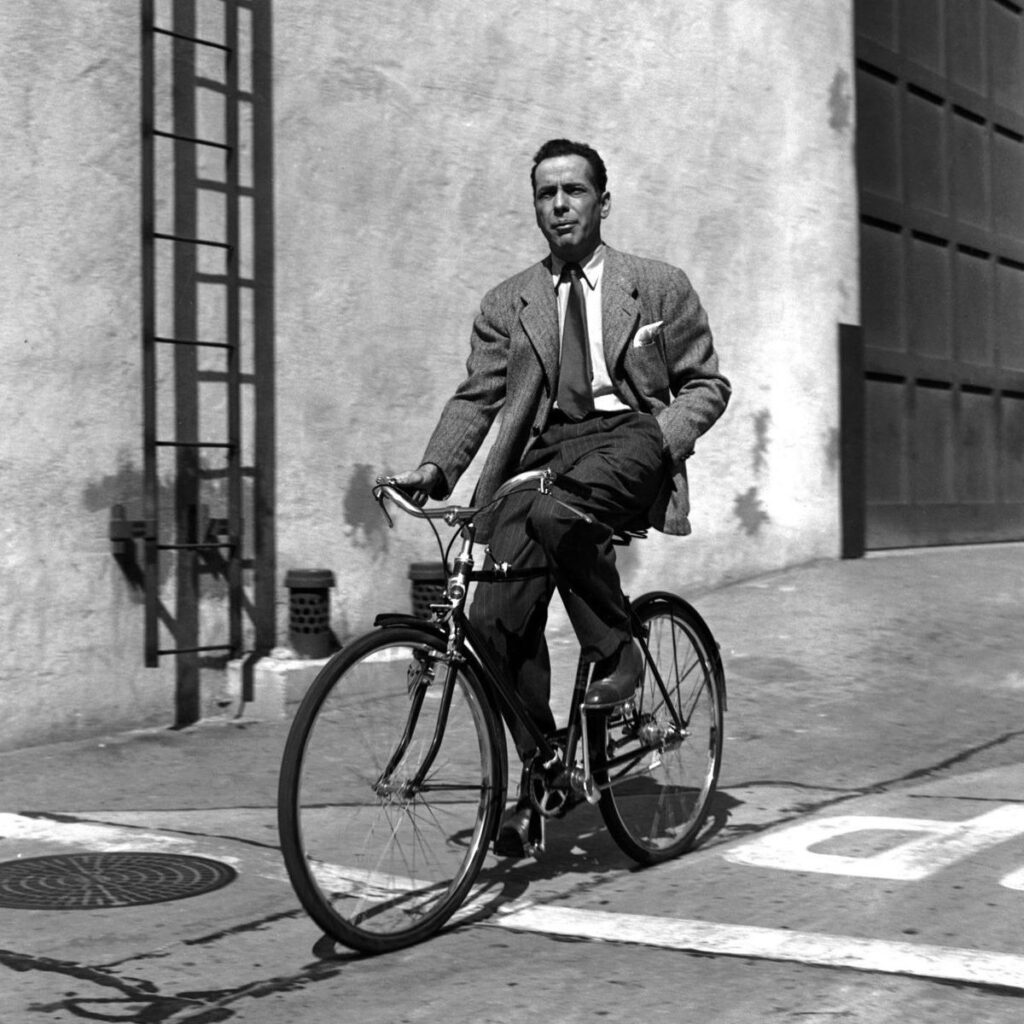
From Privilege to the Stage: The Early Dramas of Humphrey Bogart
Humphrey Bogart, born on December 25, 1899, in New York City, had a childhood marked by privilege. His father, Belmont DeForest Bogart, was a prominent cardiopulmonary surgeon, and his mother, Maud Humphrey, was a successful commercial illustrator. However, his parents’ marriage was troubled, and they divorced when Bogart was young.
Bogart had been poised to enroll at Yale, but his plans were abruptly derailed when he was expelled from Phillips Academy before completing his transfer. Though the specifics surrounding his departure remain ambiguous, Bogart was left with an education cut short and limited avenues for employment.
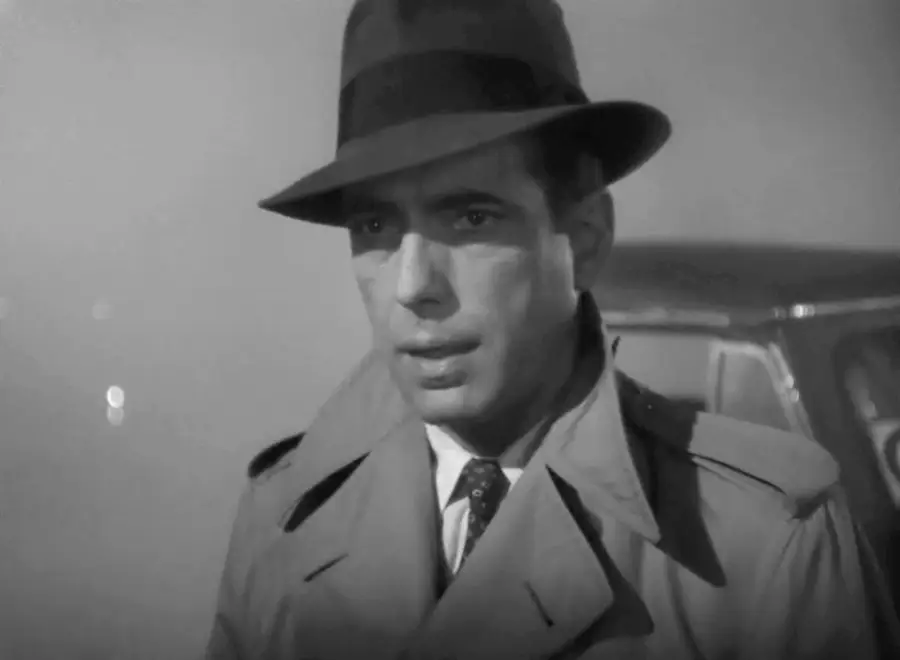
After the divorce, Bogart’s mother took him to live in New York City. He attended various private schools but could have done better academically. Instead, he found solace and purpose in the theater. Bogart developed a passion for acting and began appearing in school plays.
Absent Without Leave: Bogart’s Brush with Naval Discipline in World War I
Despite his interest in acting, Bogart joined the U.S. Navy during World War I in 1918, serving as a coxswain on a Navy ship. Throughout his naval career, Bogart distinguished himself as an exemplary sailor, primarily tasked with ferrying troops across the Atlantic.
Accounts surrounding Bogart’s time in the Navy suggest various scenarios regarding the injury that left him with a scar on his lip and a resulting lisp. One narrative proposes that his ship, the USS Leviathan, came under German shelling, leading to shrapnel cutting his lip. Alternatively, it’s suggested that while transporting a prisoner, Bogart was struck in the face with the handcuffs, or that the prisoner attacked him when partially freed. Regardless of the specifics, Bogart, upon seeking medical attention for the injury, found it had already formed a scar.
When actress Louise Brooks encountered Bogart in 1924, she noticed scar tissue on his upper lip. Brooks speculated that Bogart may have undergone partial repair of the scar before embarking on his film career in 1930. She remarked that despite the lip wound, Bogart exhibited no speech impediment, either before or after any corrective procedures. Bogart later asserted that Hollywood studios exaggerated the wartime incident to enhance his tough-guy persona, claiming it was the result of a childhood mishap.
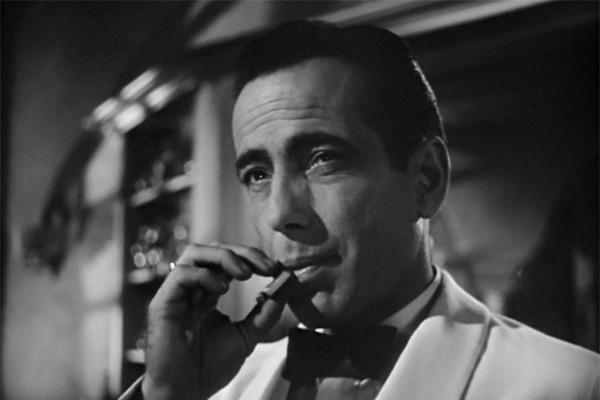
In 1919, Bogart transitioned to the USS Santa Olivia but missed its departure for Europe. Taking responsibility for his absence, Bogart surrendered to the Navy port authority. Despite being recorded as absent without leave (AWOL), Bogart’s swift action spared him from being labeled a deserter. However, he faced disciplinary action, enduring three days of solitary confinement with only bread and water as punishment.
Despite this infraction, Bogart was honorably discharged on June 18, 1919, holding the rank of seaman second class. His service record reflected commendable performance ratings, earning a 3.0 in proficiency and a 4.0 in sobriety and obedience.
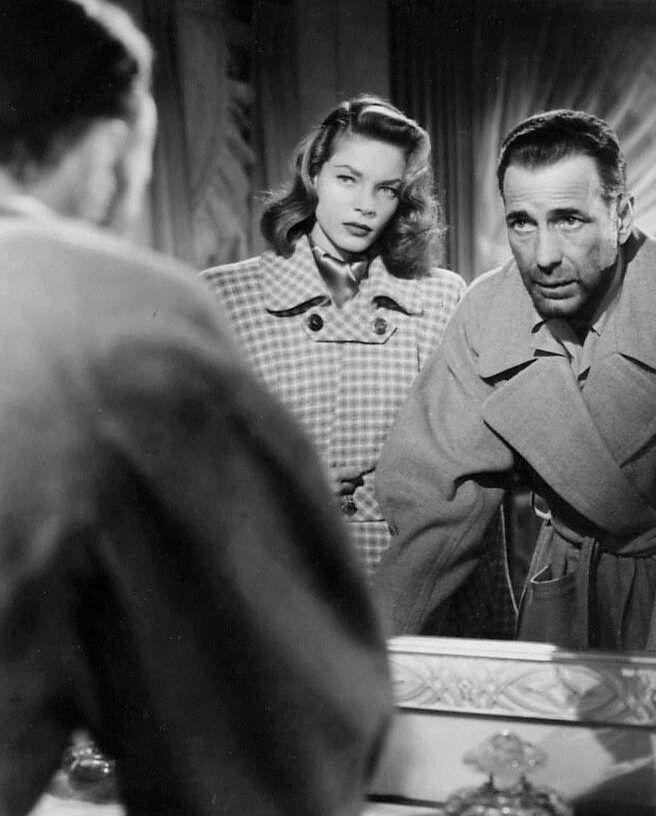
Bogart supported the United Service Organizations (USO), which provides entertainment and support to members of the U.S. military and their families. As a former Navy serviceman himself, Bogart had a deep appreciation for the sacrifices made by those serving in the armed forces. He often participated in USO events and visited military bases to boost morale among the troops.
From the High Seas to Hollywood: Bogart’s Journey to the Silver Screen
After the war, he briefly worked in a variety of jobs, including office clerk, bond salesman, and shipper for a motion picture company owned by William A. Brady.

Bogart’s acting career began in earnest in the 1920s when he landed small roles in Broadway productions. However, success didn’t come easily, and he faced years of struggle and rejection. He worked tirelessly, honing his craft and gaining experience in theater and film.
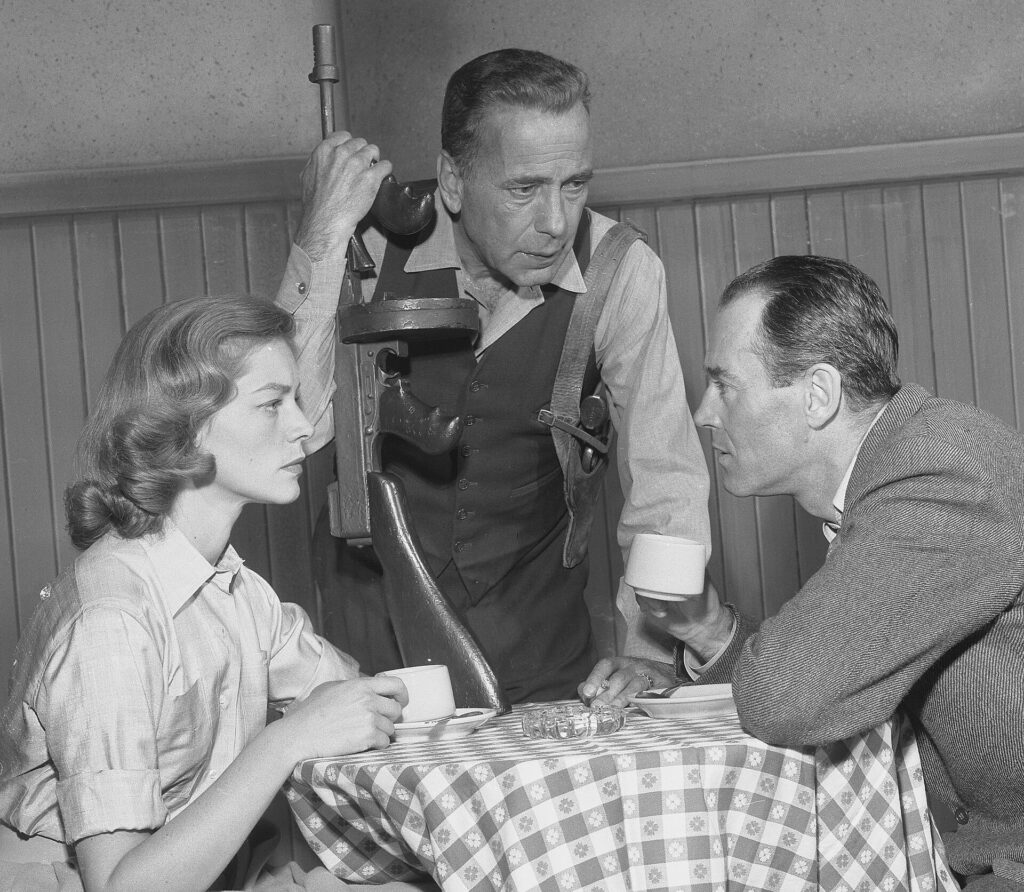
In the 1930s, Bogart transitioned to film, signing with Warner Bros. Studios. He initially played supporting roles and often portrayed gangsters or tough guys. Despite his talent, Bogart’s breakthrough didn’t come until later in the decade when he starred in films like “High Sierra” (1941) and “The Maltese Falcon” (1941), both directed by John Huston.
It was in the 1940s that Bogart truly cemented his status as a Hollywood legend. He starred in iconic films such as “Casablanca” (1942), “To Have and Have Not” (1944), and “The Big Sleep” (1946), opposite leading actresses like Ingrid Bergman and Lauren Bacall.
Bogart’s on-screen persona, characterized by his gravelly voice, tough demeanor, and world-weary cynicism, resonated with audiences. He became synonymous with the archetype of the brooding, conflicted anti-hero.
Bogart & Bacall: From Silver Screen to Airwaves
In 1955, Humphrey Bogart and Lauren Bacall collaborated on an early color telecast, bringing to life an NBC adaptation of “The Petrified Forest” for Producers’ Showcase. Bogart, taking the lead, was joined by Henry Fonda stepping into Leslie Howard’s shoes, while Bacall assumed the role once held by Bette Davis. A stellar supporting cast including Jack Klugman, Richard Jaeckel, and Jack Warden rounded out the production. Decades later, in a gesture preserving a piece of television history, Bacall generously donated the sole surviving kinescope of the 1955 performance to the Museum of Television & Radio (now known as the Paley Center for Media). This cherished relic is archived and available for viewing in both New York City and Los Angeles, ensuring that future generations can appreciate this momentous collaboration.
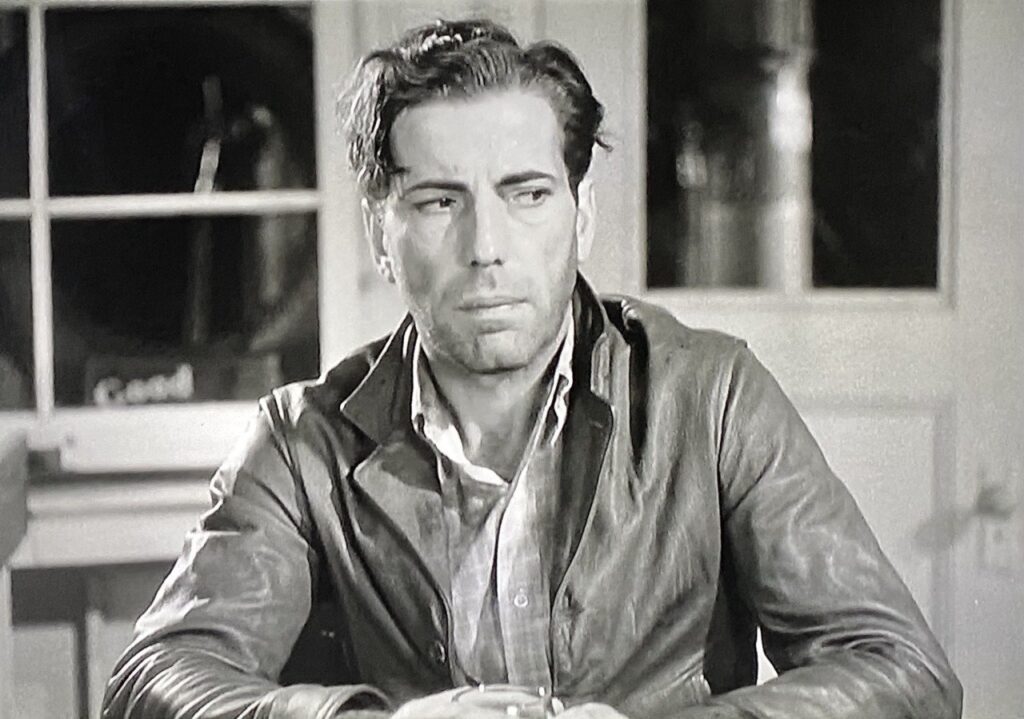
Beyond television, Bogart’s talents extended to the airwaves, where he lent his distinctive voice to radio adaptations of his most beloved films, including “Casablanca” and “The Maltese Falcon.” Moreover, alongside Bacall, he embarked on a thrilling radio series titled “Bold Venture,” captivating audiences with their dynamic performances. Bogart’s forays into radio not only showcased his versatility as an actor but also underscored his enduring appeal across various mediums.
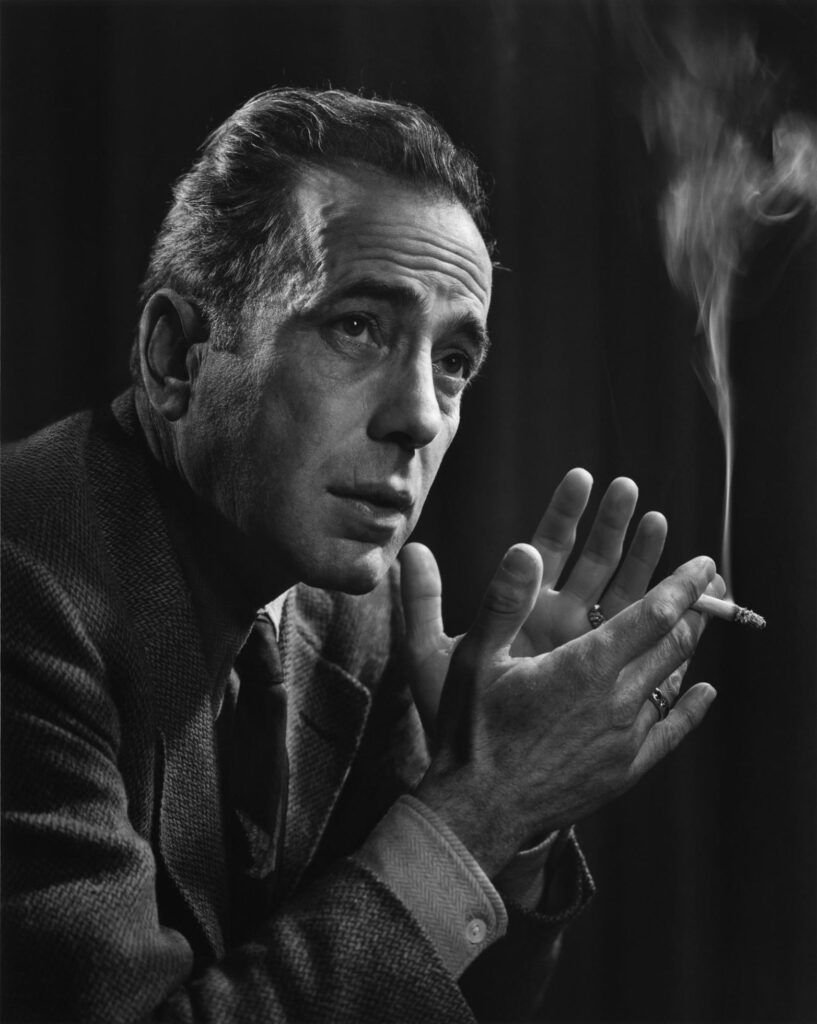
Bogart’s Trophy Shelf: The Awards That Made Him Hollywood Royalty
Humphrey Bogart received numerous awards and accolades throughout his illustrious career in Hollywood. Here are some of the most notable awards and honors bestowed upon him:
- Academy Award for Best Actor: Bogart won the Academy Award for Best Actor for his role as Charlie Allnut in the film “The African Queen” (1951). This prestigious award remains one of the highest honors in the film industry.
- Golden Globe Awards: Bogart received several Golden Globe nominations throughout his career, winning the Golden Globe for Best Actor in a Motion Picture – Drama for his performance in “The African Queen” (1951).
- Screen Actors Guild Life Achievement Award: In recognition of his outstanding contributions to the film industry, Bogart was posthumously awarded the Screen Actors Guild Life Achievement Award in 1997.
- American Film Institute (AFI) Lifetime Achievement Award: Bogart was honored with the AFI Lifetime Achievement Award in 1999, recognizing his exceptional career and enduring impact on American cinema.
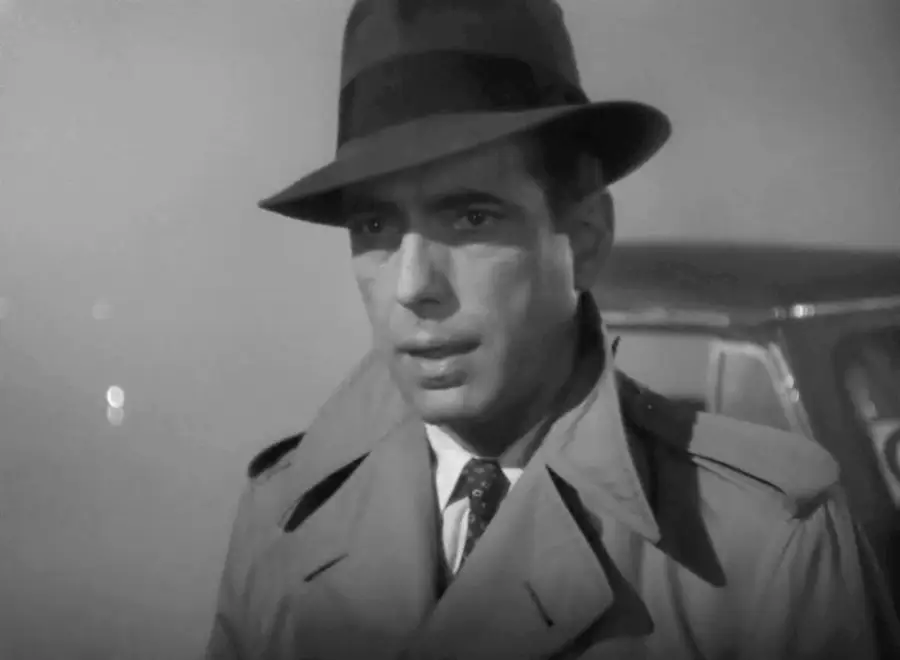
Bogart was also honored with stars on the Hollywood Walk of Fame for his contributions to the motion picture industry.
These awards reflect Humphrey Bogart’s lasting legacy as one of the most iconic and influential actors in the history of cinema.
Humphrey Bogart: the Causes of the Death
Humphrey Bogart passed away on January 14, 1957, at the age of 57. The primary cause of his death was esophageal cancer. When physicians assessed him, the illness had progressed beyond the point of any possibility of recovery. Despite his illness, Bogart continued to work on film projects until shortly before his death. Bogart’s final words before passing away in 1957 were reported to his wife, Lauren Bacall: “Goodbye, kid. Hurry back.”
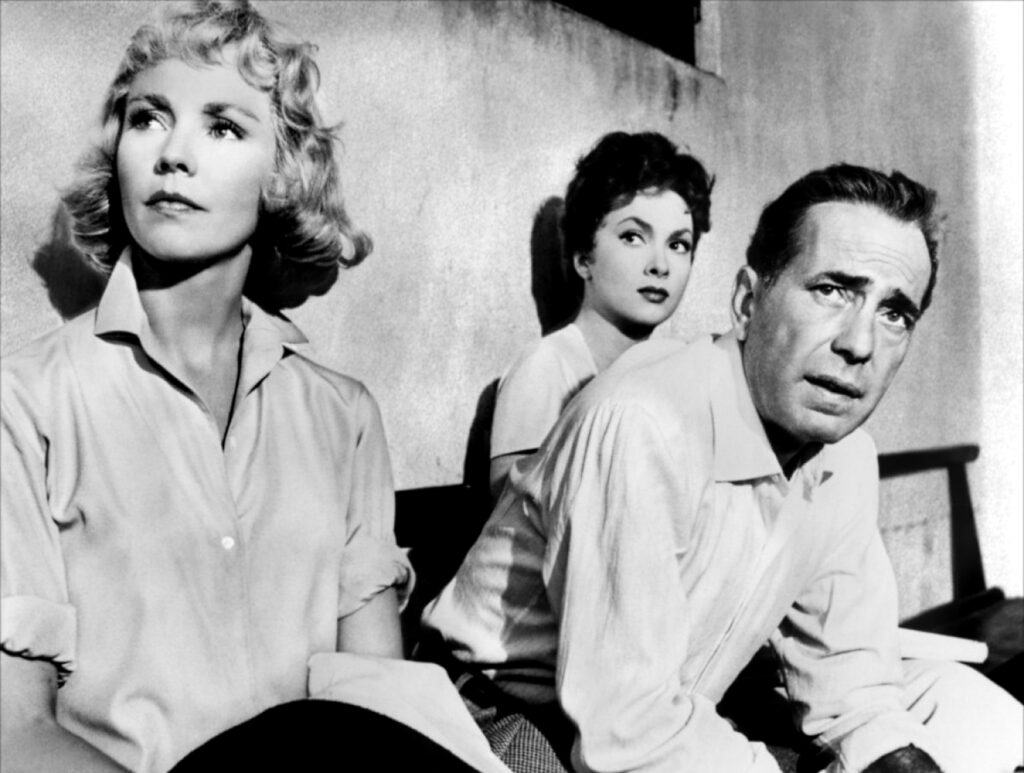
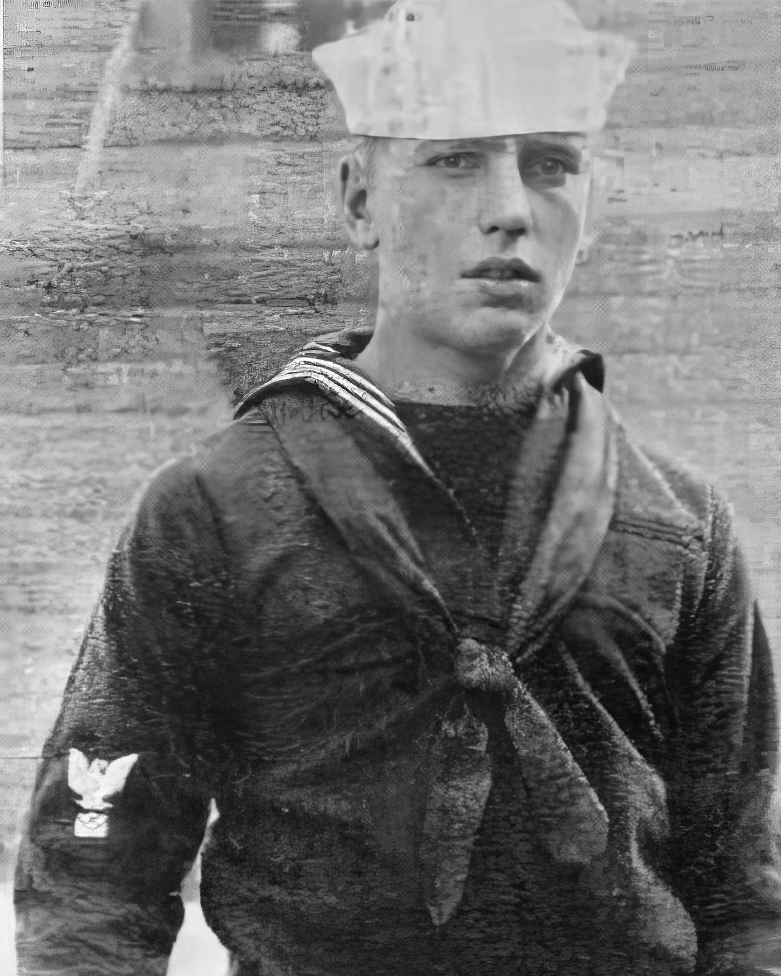
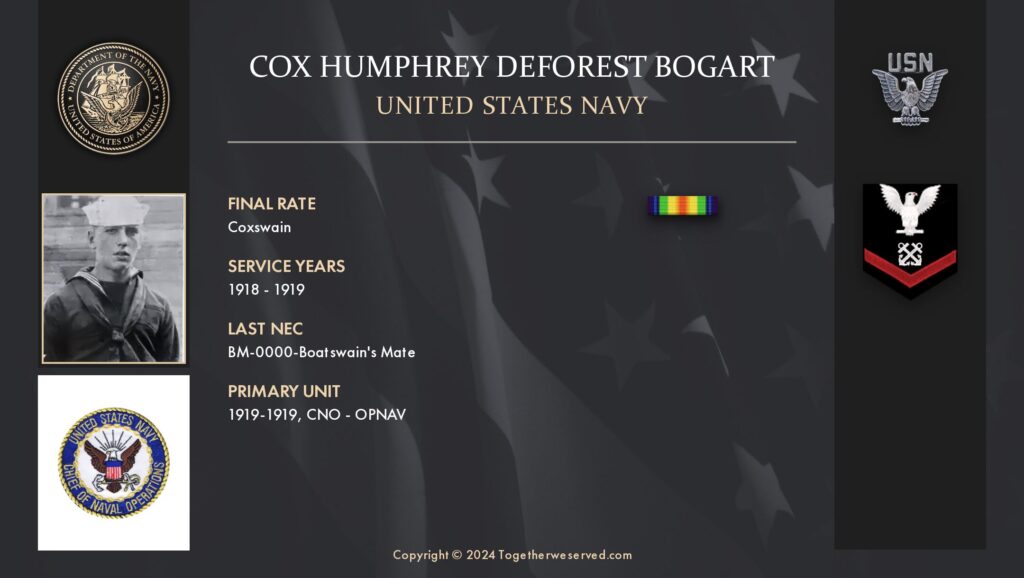
Read About Other Celebrities Who Served
If you enjoyed learning about Humphrey Bogart’s service in the military, we invite you to read the stories of other remarkable celebrities who served on our blog. In addition to our profiles of celebrities who served, we share military book reviews, veterans’ service reflections, famous military units and more on the TogetherWeServed.com blog. If you are a veteran, find your military buddies, view historic boot camp photos, build a printable military service plaque, and more on TogetherWeServed.com today.
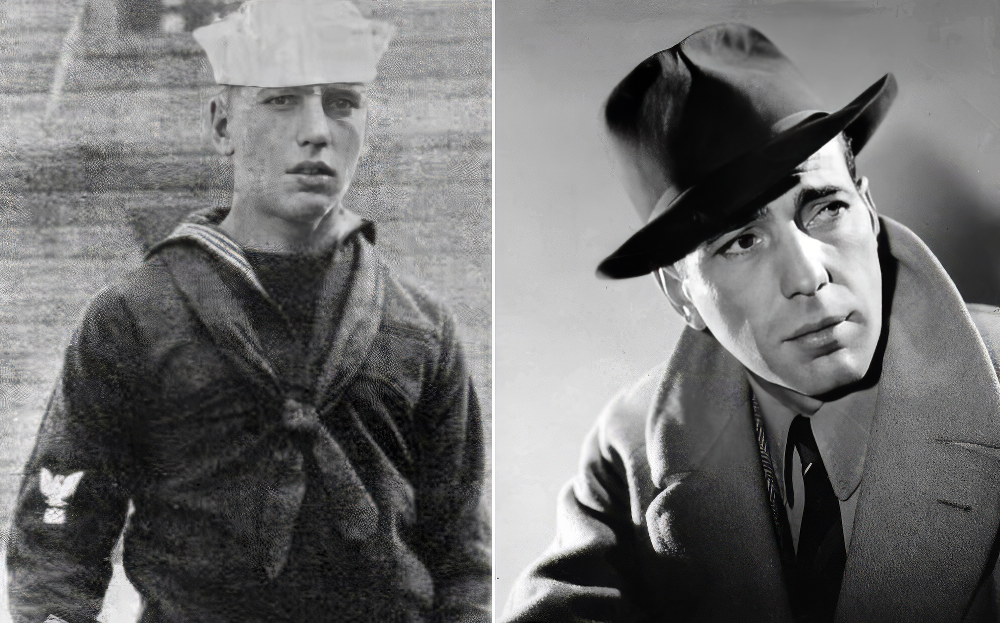
0 Comments